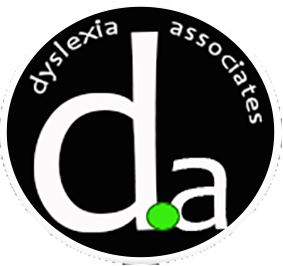Dyslexia is experienced differently by each person.
People with dyslexia have their own individual profiles of strengths and weaknesses; no two people are exactly the same and the impact of dyslexia on each individual is different. Dyslexia may overlap with related conditions such as dyspraxia, attention deficit disorder (with or without hyperactivity) and dysphasia. About 50% of children with dyslexia will experience difficulties related to other conditions.
This means that many learners with dyslexia have the following characteristics that may impact on their learning, though not all dyslexic learners will have all these characteristics:
- Difficulties in organising work and other aspects of their lives.
- A poor sense of the passage of time, mixing up dates and times and missing appointments.
- Directional confusions, getting lost easily and having problems using maps or finding the way to a new place.
- Difficulty in achieving automaticity when they have to do more than one thing at a time, as in taking notes.
- Difficulty in carrying out instructions, copying from the board and remembering what has just been read or said, taking messages, remembering phone numbers and dialling numbers accurately.
- Poor motor control, resulting in difficulties in controlling a pen (leading to untidy handwriting with many crossings out and making it difficult to get ideas down on paper).
- Difficulties in recognising, or confusion between, letters or familiar words when reading or remembering the visual image of words, signs, or symbols.
- Mispronunciations caused by difficulties in discriminating between sounds.
- Difficulties in reading text caused by visual distortions such as blurring or moving letters.
- Problems with sequencing such as with instructions and mathematical procedures or sequences of numbers or letters and difficulties using dictionaries, encyclopaedias and directories.








